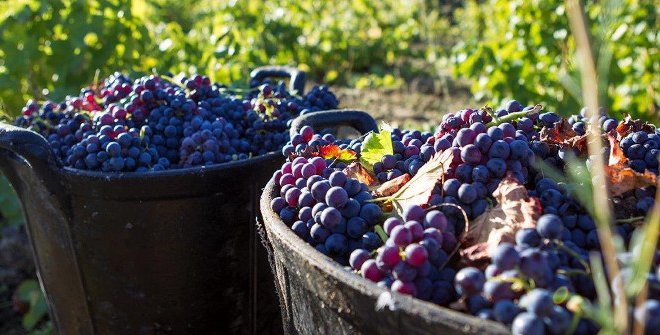The Flavours of Madrid

Until Toledo was seized by King Alfonso VI in the eleventh century, Madrid’s typical dishes were the same as those in the rest of Al Andalus. The local cuisine was varied and flavoursome, based as it was on ingredients such as milk, honey, dates, semolina and cuscus from North Africa, and others that were a direct legacy of region’s Iberian and Roman past.
In the summer of 1561, King Philip II moved the capital of the Kingdom of Spain to Madrid. This historical event had an impact on demographic trends, since soon the population in the city doubled. It also shaped local gastronomy, dividing it into two independent, though not completely isolated, branches: popular and aristocratic cuisine. The distinction between the sophisticated and the humbler kitchens remained in place for about four centuries.
In the nineteenth century, the clear-cut difference started to fade away and there emerged fondas or eateries, taverns and the earliest restaurants in the modern sense of the term. These establishments, along with cafés, inns and tearooms gave shape to the culinary scenario of Madrid at the turn of the century. The typical dishes of this period included cocido de tres vuelcos (chickpea-based stew), soldaditos de Pavía (fried cod in batter), besugo a la madrileña (red bream Madrid-style), potaje de vigilia (cod-based stew) and bartolillos (pastries filled with crème pâtissière).
Currently, a great many establishments keep the peculiar character of Madrid’s cuisine alive, merging long-standing traditions with variegated outside influences.

















